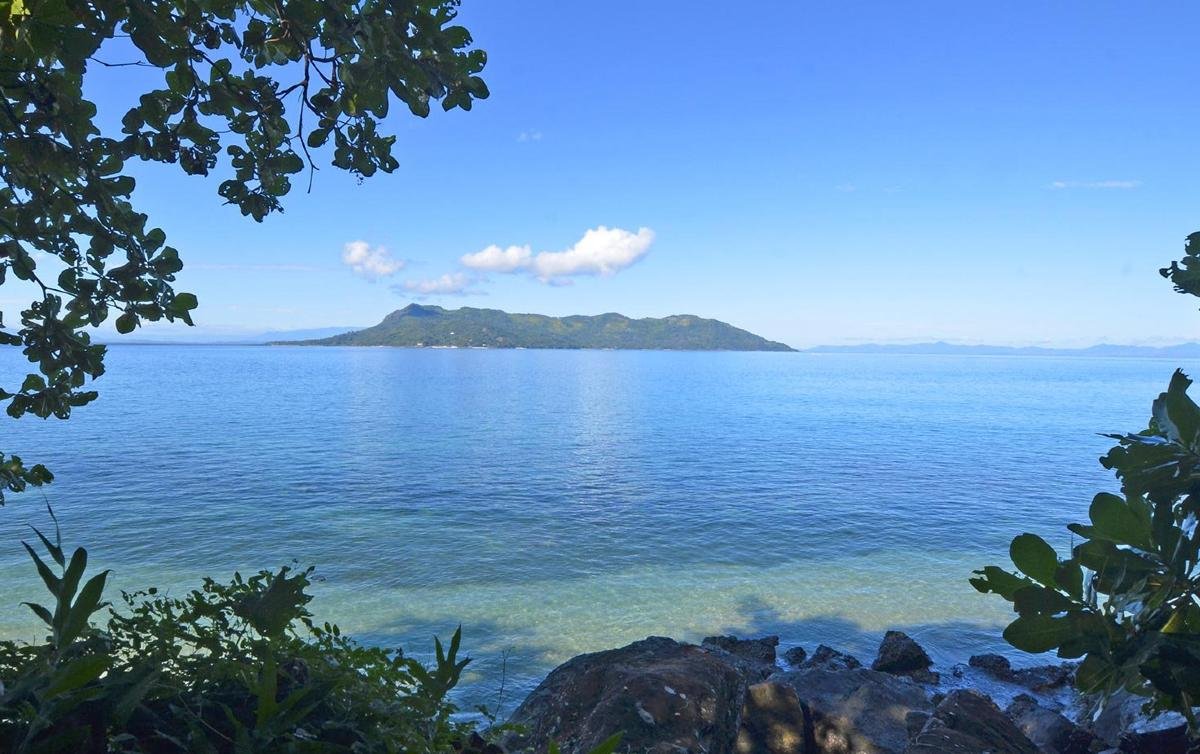When to visit Madagascar must be one of the most important decision you will have to make.
Madagascar is characterized by great diversity by region, there are however two main seasons, perfectly distinguished: the dry season from April to mid-December and the rainy season from mid-December to March.
Below, we have divided Madagascar into five regions to give you a broad idea on how the weather changes based on location.
Hover with the cursor to have temperatures in Fahrenheit or more detailed information. Weather charts provided by weather2travel.com.
On the west coast (Mahajanga, Baly Bay NP, Namoroka NP, Tsingy de Bemaraha NP, Baobabs’ Avenue, Belo sur Mer, Andavadoaka, Ambatomilo, Salary, Ifaty & Anakao) it usually rains only from January to March and it’s warm all year round: 90 ° F on an average during a summer day and 82° F during a winter day. Nights are cooler during winter: 59 ° F on an average.
| Morondava | J | F | M | A | M | J | J | A | S | O | N | D | |
| Max Daytime Temperature (°C) | |||||||||||||
| Min Night-time Temperature (°C) | |||||||||||||
| Hours of Sunshine (Daily) | |||||||||||||
| Hours of Daylight (Daily) | |||||||||||||
| Heat and Humidity Discomfort | |||||||||||||
| Days with some Rainfall | |||||||||||||
| Monthly Rainfall (mm) | |||||||||||||
| UV Index (Maximum) | |||||||||||||
| Sea Temperature (°C) | |||||||||||||
| J | F | M | A | M | J | J | A | S | O | N | D |
On the other side of the island, the east coast (Marojejy NP, Masoala NP, Sainte Marie island, Canal Pangalanes, Manakara, Fort Dauphin, Andohahela NP) has rain almost all year long with September, October and November being the drier months.
| East Coast | J | F | M | A | M | J | J | A | S | O | N | D | |
| Max Daytime Temperature (°C) | |||||||||||||
| Min Night-time Temperature (°C) | |||||||||||||
| Hours of Sunshine (Daily) | |||||||||||||
| Hours of Daylight (Daily) | |||||||||||||
| Heat and Humidity Discomfort | |||||||||||||
| Days with some Rainfall | |||||||||||||
| Monthly Rainfall (mm) | |||||||||||||
| UV Index (Maximum) | |||||||||||||
| Sea Temperature (°C) | |||||||||||||
| J | F | M | A | M | J | J | A | S | O | N | D |
On the highlands (Antananarivo, Andasibe NP, Antsirabe, Ambositra, Ranomafana NP, Ambalavao, the Makay Massif), there are two distinct seasons and very similar to the west coast, although a little wetter and much cooler: it rains from December to March in the form of short burst of heavy rain which then generally leave place to the sun, while the winter (summer in Europe) is dry and sunny. The nights are, however particularly cold, going below 50 ° F on an average.
| Antananarivo | J | F | M | A | M | J | J | A | S | O | N | D | |
| Max Daytime Temperature (°C) | |||||||||||||
| Min Night-time Temperature (°C) | |||||||||||||
| Hours of Sunshine (Daily) | |||||||||||||
| Hours of Daylight (Daily) | |||||||||||||
| Heat and Humidity Discomfort | |||||||||||||
| Days with some Rainfall | |||||||||||||
| Monthly Rainfall (mm) | |||||||||||||
| UV Index (Maximum) | |||||||||||||
| J | F | M | A | M | J | J | A | S | O | N | D |
In the north (Diego Suarez, Ankarana NP, Amber Mountain NP) the climate is “reliable” with the very heavy rainy season, and dry winter season. Nosy Be, although geographically in the north, has a micro-climate.
In Nosy Be, the weather is good all year round (320 days of sunshine per year !!) and there are very few temperature differences between our southern summer and our southern winter. The rain in general falls at night.
| Diego Suarez (Antsiranana) | J | F | M | A | M | J | J | A | S | O | N | D | |
| Max Daytime Temperature (°C) | |||||||||||||
| Min Night-time Temperature (°C) | |||||||||||||
| Hours of Sunshine (Daily) | |||||||||||||
| Hours of Daylight (Daily) | |||||||||||||
| Heat and Humidity Discomfort | |||||||||||||
| Days with some Rainfall | |||||||||||||
| Monthly Rainfall (mm) | |||||||||||||
| UV Index (Maximum) | |||||||||||||
| Sea Temperature (°C) | |||||||||||||
| J | F | M | A | M | J | J | A | S | O | N | D |
The south (Isalo NP, Zombitse Vohibasia NP, Berenty Reserve, Lavanono, Itampolo, Anakao, Toliara), is to be divided between east and west: the east see most of the rain the south receives, whereas in the west, rain is always an event. Temperatures here are always very hot (scorching) during the day and warm at nights.
| Tulear | J | F | M | A | M | J | J | A | S | O | N | D | |
| Max Daytime Temperature (°C) | |||||||||||||
| Min Night-time Temperature (°C) | |||||||||||||
| Hours of Sunshine (Daily) | |||||||||||||
| Hours of Daylight (Daily) | |||||||||||||
| Heat and Humidity Discomfort | |||||||||||||
| Days with some Rainfall | |||||||||||||
| Monthly Rainfall (mm) | |||||||||||||
| UV Index (Maximum) | |||||||||||||
| Sea Temperature (°C) | |||||||||||||
| J | F | M | A | M | J | J | A | S | O | N | D |
